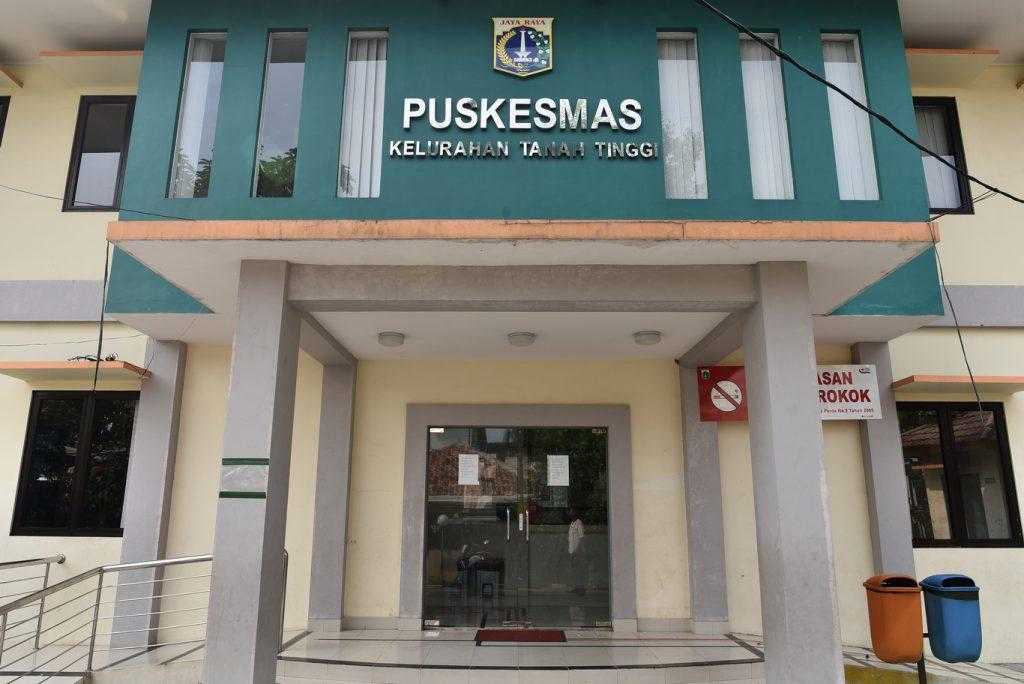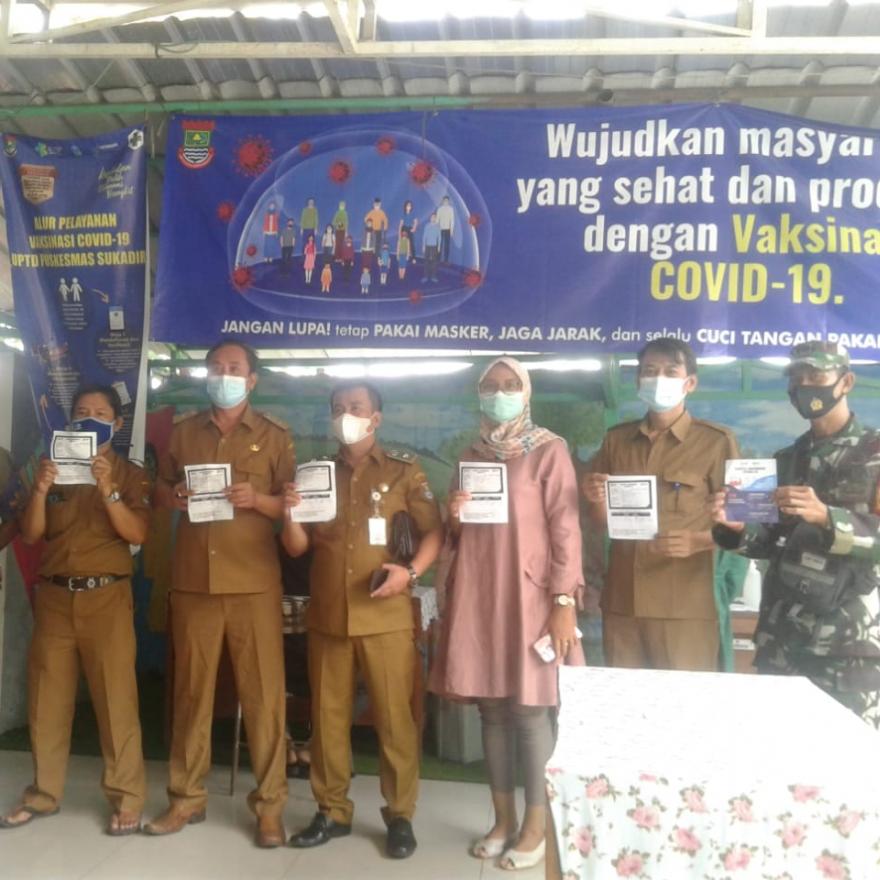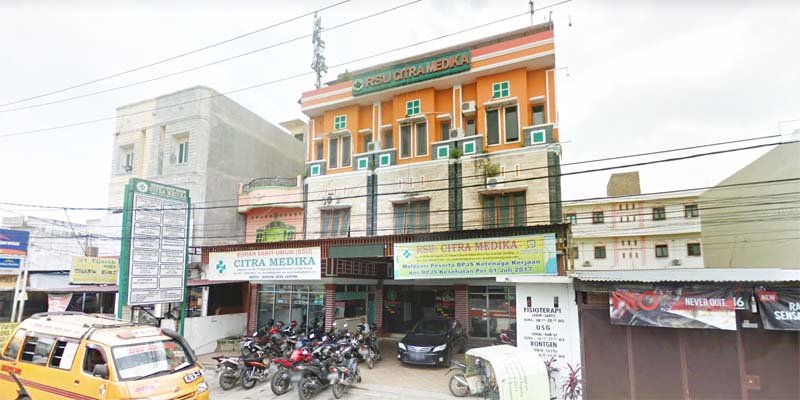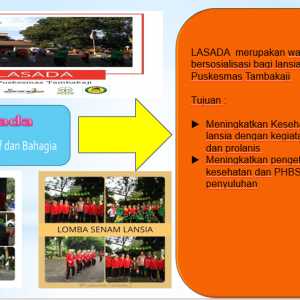Puskesmas (Pusat Kesehatan Masyarakat) is a term used in Indonesia to refer to community health centers that provide primary healthcare services to the local population. These centers play a vital role in delivering healthcare services, especially in rural areas where access to healthcare facilities may be limited.
A "gambar Puskesmas" is a visual representation of a Puskesmas, usually in the form of a photograph or an illustration. These images can be found online, in official health department publications, or in local news articles. They are used to showcase the physical infrastructure and facilities of a Puskesmas, as well as the services it offers to the community.
Purpose and Importance of Gambar Puskesmas
Gambar Puskesmas serves several purposes:
-
Information for the Public: These images provide important visual information to the public about the location, appearance, and facilities of the Puskesmas. They help in creating awareness among the community about the existence and accessibility of healthcare services in their vicinity.
-
Promotion and Public Relations: Gambar Puskesmas can be used for promotional activities by health departments or organizations, showcasing the quality of services provided and encouraging people to utilize the facilities. They can also be used to highlight any special programs or events being organized by the Puskesmas.
-
Transparency and Accountability: Publishing images of the Puskesmas ensures transparency and accountability in the healthcare system. It allows the public to visually assess the infrastructure and facilities provided by the Puskesmas. This promotes trust and confidence among the community regarding the quality of services offered.
-
Education and Training: Gambar Puskesmas can be used for educational purposes, such as in training programs for healthcare professionals or in public health awareness campaigns. These images can illustrate the proper setup of a Puskesmas and the layout of different departments, aiding in the education of both medical personnel and the general public.
What to Look for in Gambar Puskesmas
When viewing a gambar Puskesmas, several key elements should be considered:
-
Building and Facilities: The image should depict the physical structure of the Puskesmas, including the overall architecture, signage, and layout. It should showcase essential facilities such as consultation rooms, examination rooms, a pharmacy, laboratory, waiting areas, and administrative offices.
-
Equipment and Technology: Look for the presence of necessary medical equipment and technology in the image. This may include examination tables, diagnostic tools, medical supplies, computer systems, and telecommunication devices.
-
Hygiene and Cleanliness: Assess the cleanliness and hygiene standards maintained in the Puskesmas, as evidenced by the image. A well-maintained and hygienic environment is crucial in preventing the spread of diseases and ensuring safe healthcare practices.
-
Staff and Patient Interactions: Observe any interactions between healthcare staff and patients in the image. This can provide insights into the quality of care and the patient-centered approach of the Puskesmas.
-
Accessibility and Community Engagement: Look for features that promote accessibility, such as ramps for wheelchair users or special arrangements for elderly individuals. Additionally, consider any visible community engagement initiatives, such as health education events or community outreach programs, depicted in the image.
Conclusion
Gambar Puskesmas plays an essential role in promoting public awareness, improving transparency, and showcasing the quality of healthcare services provided by community health centers in Indonesia. These images provide visual information about the infrastructure, facilities, and activities of a Puskesmas, aiding in public education, promotion, and accountability. When evaluating a gambar Puskesmas, it is important to consider elements such as building and facilities, equipment and technology, hygiene and cleanliness, staff and patient interactions, and accessibility and community engagement.




